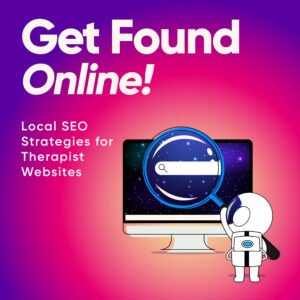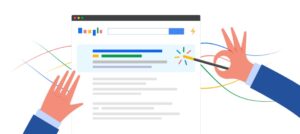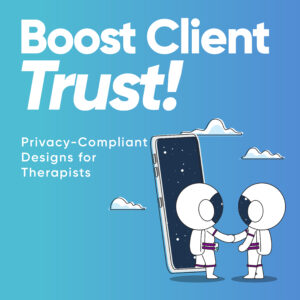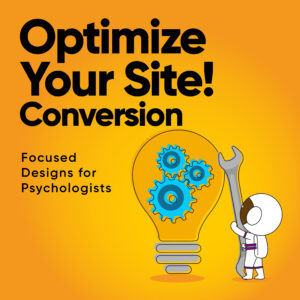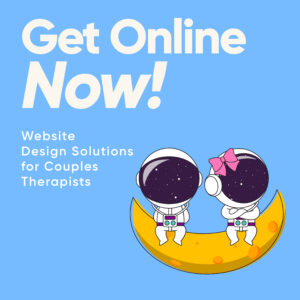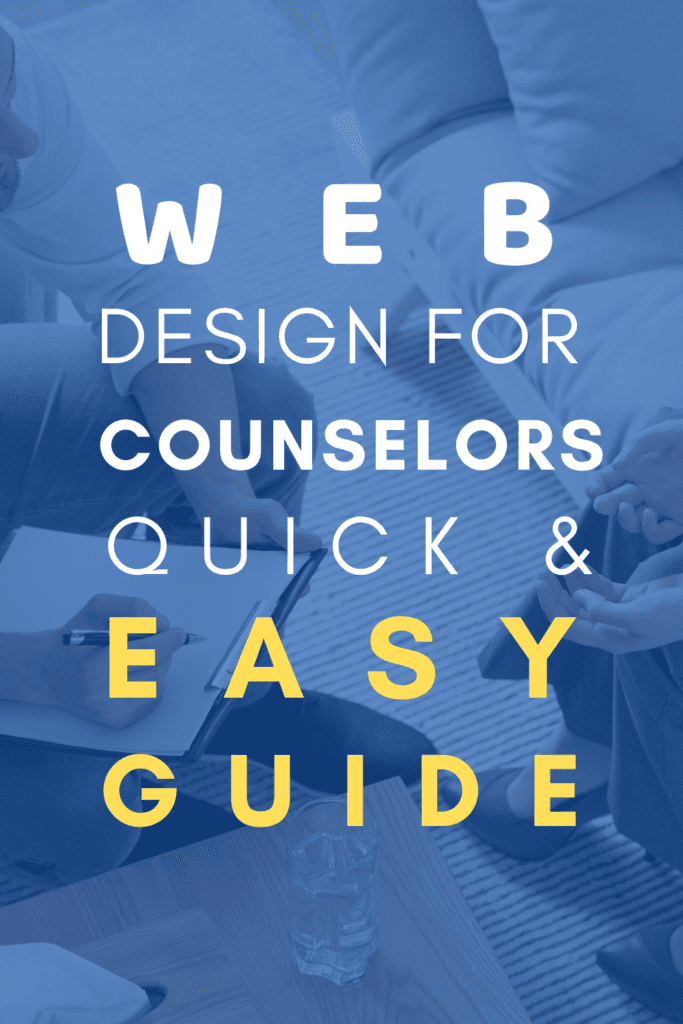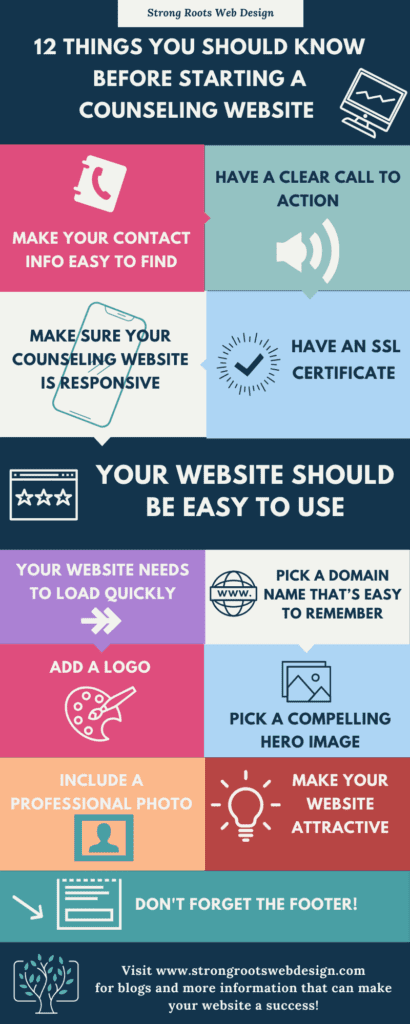
ADA Compliant Design for Therapist Websites: Enhance Accessibility!
What if ADA compliant design can improve your therapist website? Well, it really can! It’s truly a must for therapists like you to make websites that everyone can use in today’s digital age.
With an ADA compliant therapist website design, you make sure everyone, including those with disabilities, can easily use your online space. In this blog, we’ll get into why following ADA rules is important, the easy steps for a user-friendly design, and why it’s good for you as a therapist. Building a website that includes everyone not only helps others but also makes you look good and opens up your therapy services to more people.
It’s making your online office friendly and inviting to everyone who might need your help.

Table of Contents
The ADA Compliance
The ADA ensures fairness for everyone, especially those with disabilities. Therapist websites should follow the Web Content Accessibility Guidelines (WCAG) 2. It’s a global collaboration where people and groups unite to set a common standard for making web content accessible to all.
WCAG gives directions on making web content accessible, covering things like text, images, sounds, and the code that structures everything. By incorporating WCAG into your therapist website, you’re not just following rules but making sure your online space is open to everyone. It’s not just about ticking boxes but showing your commitment to creating a space where everyone, from individuals to governments worldwide, can connect. Following these guidelines makes your website more user-friendly for everyone seeking therapeutic support, without sounding like a tech robot.
Key Elements of ADA Compliant Therapist Website Design
Text and Font Accessibility
Ensuring your therapist website complies with ADA involves a crucial step: making sure people can easily read the text. Pick fonts like Arial or Times New Roman that are clear and easy to read. Keep the font size flexible so users can change it to suit their needs.
This small adjustment helps various people. Also, pay attention to the color difference between the text and background. This greatly improves how easy it is to read, especially for those who have trouble with their vision. Focusing on making text and fonts accessible isn’t just about following rules but about making a digital space that welcomes everyone, no matter their abilities.
Alt Text for Images
Incorporating images into your therapist website is a helpful method to convey your message, but it’s vital to add alt text for each image. Alt text, a concise description aiding screen readers in narrating images to users with visual impairments, ensures that everyone comprehends the content, irrespective of their abilities.
Offering explicit alt text takes a minor effort but contributes significantly, fostering inclusivity in your online space. This approach creates an environment where all individuals feel embraced and can easily connect with the information you share, enhancing the overall accessibility and user experience of your therapist website.
Video and Audio Accessibility
For therapists using videos or audio on their websites, it’s crucial to make them friendly for those with hearing challenges. Include clear captions for videos and transcripts for audio. This isn’t just about following rules; it’s about making sure your message reaches more people.
ADA standards say it’s necessary, but it’s also a way to connect with a broader audience. By adding these details, you’re not just ticking boxes; you’re creating a space where everyone, no matter their hearing abilities, can engage with and benefit from your content. It’s a simple step with a big impact on making your therapeutic offerings accessible to a diverse range of individuals.
Keyboard Accessibility
Not everyone uses a mouse to go online; some prefer keyboards. When setting up your therapist website, think about those who use keyboards. Make sure everything you can click, like buttons and links, is easy to get to and use with just a keyboard. This small change can make a big difference for people who may find moving a bit tricky. It’s an easy adjustment that shows you care about everyone, making your website a comfy place for all to explore.
User-Friendly Forms
Forms are a regular thing on therapist websites, useful for booking appointments or getting in touch. To make these forms easy for everyone, make sure they work well with screen readers and have clear instructions. Also, arrange things logically so users can smoothly move through the form.
If there’s an error, give a clear message to help users fix it easily. This way, all visitors, no matter their abilities, can use your forms without any hassle. Creating forms with simplicity and clarity is a thoughtful way to ensure that everyone can connect with your therapist website effortlessly.
Practical Tips for Implementing ADA Compliance
Regularly Update Content
Keep your therapist website content up-to-date to ensure the information is relevant and accurate. This not only benefits your visitors but also contributes to a positive user experience, especially for individuals who rely on timely information.
Test for Accessibility
Regularly test your therapist website for accessibility using tools like WAVE or Axe. These tools can identify potential issues and guide you in making necessary adjustments. Testing for accessibility should be an ongoing process to address any new content or design changes.
Provide Multiple Means of Navigation
Offer multiple ways for users to navigate your therapist website. This includes a well-organized menu, clear headings, and a logical page structure. Providing multiple navigation options ensures that users can find the information they need, regardless of their preferred method of interaction.
Collaborate with Accessibility Experts
If you’re not familiar with ADA guidelines or web accessibility best practices, consider collaborating with accessibility experts. These professionals can provide valuable insights and recommendations to enhance the accessibility of your therapist website.
Addressing Common Concerns
Easy-to-Use Design on Any Device
People use all kinds of gadgets to check websites—phones, tablets, and big computers. It’s super important that your therapist website works well on all of them. Make sure your design is responsive, meaning it fits nicely on screens of different sizes. This isn’t just about looking good; it’s about making things easy for everyone.
Responsive design is especially helpful for people with disabilities who might use special devices or tools like screen readers. When your website works smoothly on any gadget, more people can use it without any trouble.
It’s like making sure your door is easy to open for everyone who wants to come in.
Making it Easy to Navigate
It’s important that your therapist website is easy for everyone to move around. Having a clear and easy-to-understand navigation system is key. Think of it like a map—clear headings show the way, organized information keeps things simple, and a friendly menu helps users choose where to go.
This isn’t just about making things look good; it’s especially helpful for visitors with thinking challenges. For them, a simple and predictable navigation system is like a reliable guide, making your therapist website a comfortable and hassle-free place for them to explore.
Regular Accessibility Audits
Check your therapist website often to make sure everyone can use it easily. Regular accessibility audits help find any new problems and make sure your site keeps following ADA rules. By doing these checks regularly, you stay ahead and make sure your website is always welcoming and easy for everyone to use.
Think of it like a check-up for your website’s health, making sure it stays a friendly and supportive place for all visitors. Checking regularly isn’t just following the rules; it’s showing your commitment to giving everyone a smooth and inclusive online experience.
Creating an Inclusive Community
Engage with Your Audience
Make a real connection with your website visitors by asking for their thoughts, especially from those with different abilities. Encourage them to share what they think about how easy it is to use your therapist website. This isn’t just about asking – it’s about making things better and showing you care about including everyone.
Getting feedback helps you find areas that might need some fixing, making sure your website works well for everyone. By asking for opinions, you’re saying you truly want your online space to be open to everyone.
This talk builds trust and proves you’re committed to making your therapist website as easy and friendly for everyone as possible. It’s not just about features but about creating a place where every opinion matters.
Educate Your Audience
Make your therapist website a place where everyone can learn and feel included. Add a special section with easy tips on how visitors can make their online experience better. Share simple advice on adjusting browser settings, using tools like screen readers, and moving around your site easily.
When you give these helpful tips, you’re giving power to your visitors. It’s like showing them the keys to unlock the full potential of your website. Simple explanations can make a big difference. This way, everyone, no matter how familiar they are with technology, can easily connect with what you offer online.
Creating a friendly and accessible online space not only makes things easier for your visitors but also makes your therapist website a welcoming place for all.
Community Resources and Support
Make a page on your therapist website with helpful links to groups and organizations supporting people with disabilities. It’s more than just adding value; it’s about connecting your visitors to a bigger network of help. By showing you care about the larger disability community, you’re making your site a welcoming space for everyone.
This isn’t just about sharing information – it’s creating a feeling of belonging. Your website becomes a place where people know they’re not alone, and that sense of community can mean a lot.
Go ahead, link up with these resources and make your website a friendly spot where everyone feels supported.
Real-World Success Stories
Make your therapist website more inclusive by adding a special section for sharing stories of success in accessibility. These success stories work like strong recommendations, building trust and encouraging a varied group of people to use your therapy services.
Work Together with Accessibility Supporters
Connect with local groups or organizations that support people with disabilities. Team up with them for events, workshops, or special projects. Getting involved helps you understand their needs better and spreads the word about the importance of making therapist services accessible.
By working alongside those who advocate for accessibility, you not only gain knowledge but also play a role in making therapy services more open and helpful. It’s like a sharing of ideas – you learn from them, and they learn from you.
This teamwork not only makes your work more interesting but also shows that you’re committed to making sure your services are useful to everyone.
Fostering Inclusivity and Transforming Your Therapist Website
Creating an ADA-compliant therapist website goes beyond meeting legal standards – it’s about embracing inclusivity.
By incorporating accessible design principles and applying practical tips, you not only improve the user experience for individuals with disabilities but also contribute to a more welcoming online space.
Transform your therapist website into a hub where everyone feels valued and supported, regardless of their abilities. A well-crafted website is a powerful asset, serving as your reliable office assistant, a lead generation tool, and a practice ambassador.
It brings in the right people, shows your worth, and starts turning visitors into actual clients.
Now, move ahead to boost your positive influence – book your FREE 30-minute call.
Let’s talk about how I can assist you in making a lovely, impactful website that matches your ideas and links you with more people.
Did you like this post? Share it!
Related Reads for Driving Traffic/ Marketing Your Private Practice
- Therapy Business Tips: How to Drive Traffic to Blog for FREE
- Marketing for Therapists: How to be SEEN online
- Content Marketing for Therapists: The Ultimate Guide
- Website with Social Media Integration for Therapist Websites
- Drive Traffic to Your Website by Blogging
- Start Social Media Success with Low Cost Tools for Small Businesses
- Social Media Marketing for Therapists: Content Prompt Ideas
- 6 Smart Strategies for Marketing your Private Practice
- 7 Ways on How to Hook a Reader From Start to Finish
- Traffic but no sales or clients? Here are 5 Possible Reasons.
- Social Media For Therapists – Increasing Reach and Website Ranking
- Best Ways to Drive Traffic to Your Blog
- Top 10 SEO Web Work Services for Boosting Your Website’s Visibility
- Is It Worth Making a Website for a Small Business?
- Why Help with Website Design Can Improve Your Practice
Need any of the following? Contact us!
Here are some Sample Websites We’ve Created:
- Non Profit Organization Website Design
- Examples Of Online Therapy Websites
- Group Practice Website Design
Check out our Portfolio for more!
Hi! I’m Sarah.
I help counselors and therapists have a bigger impact on the world through better client connection. I do this by creating beautiful visuals and strategically designed websites.






